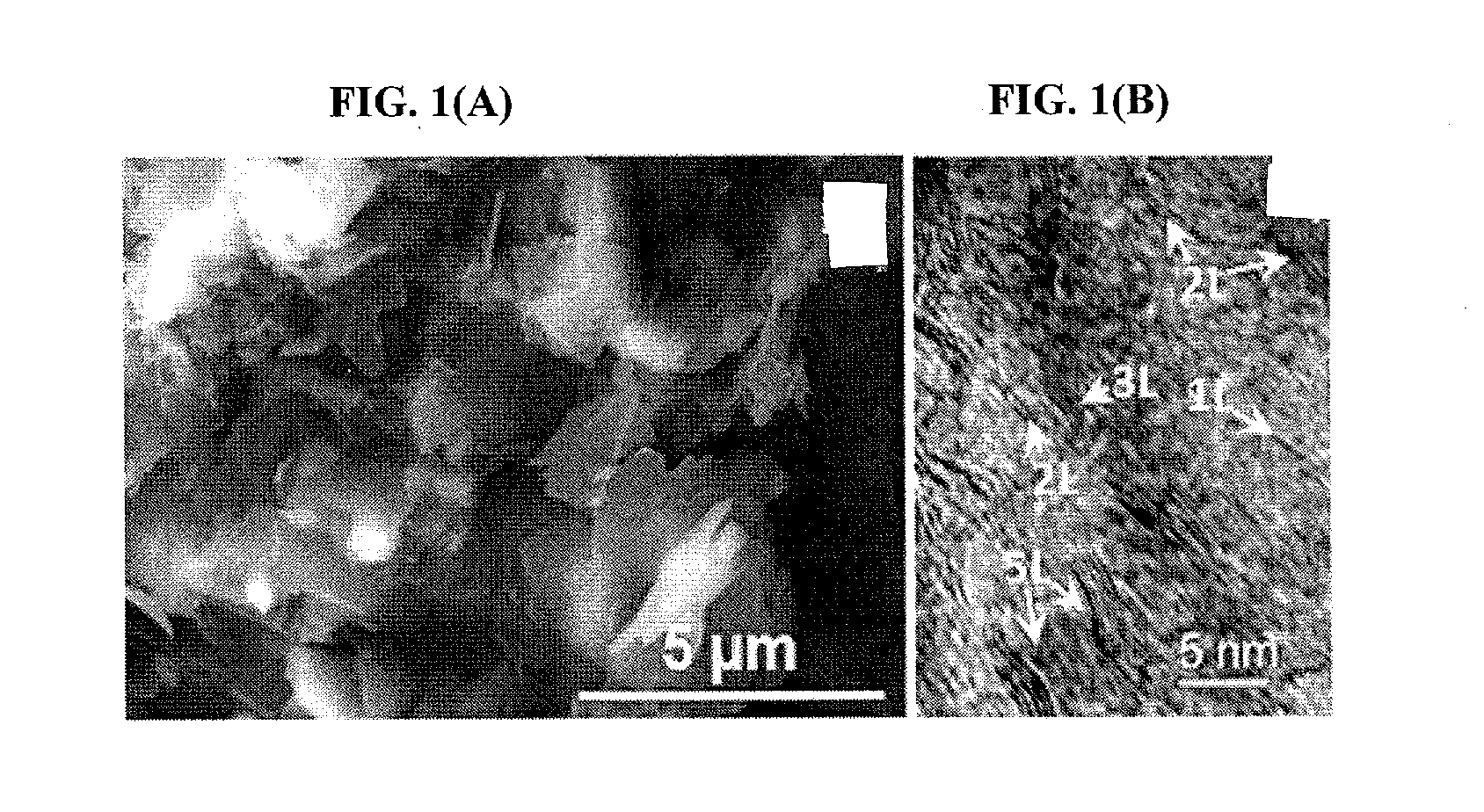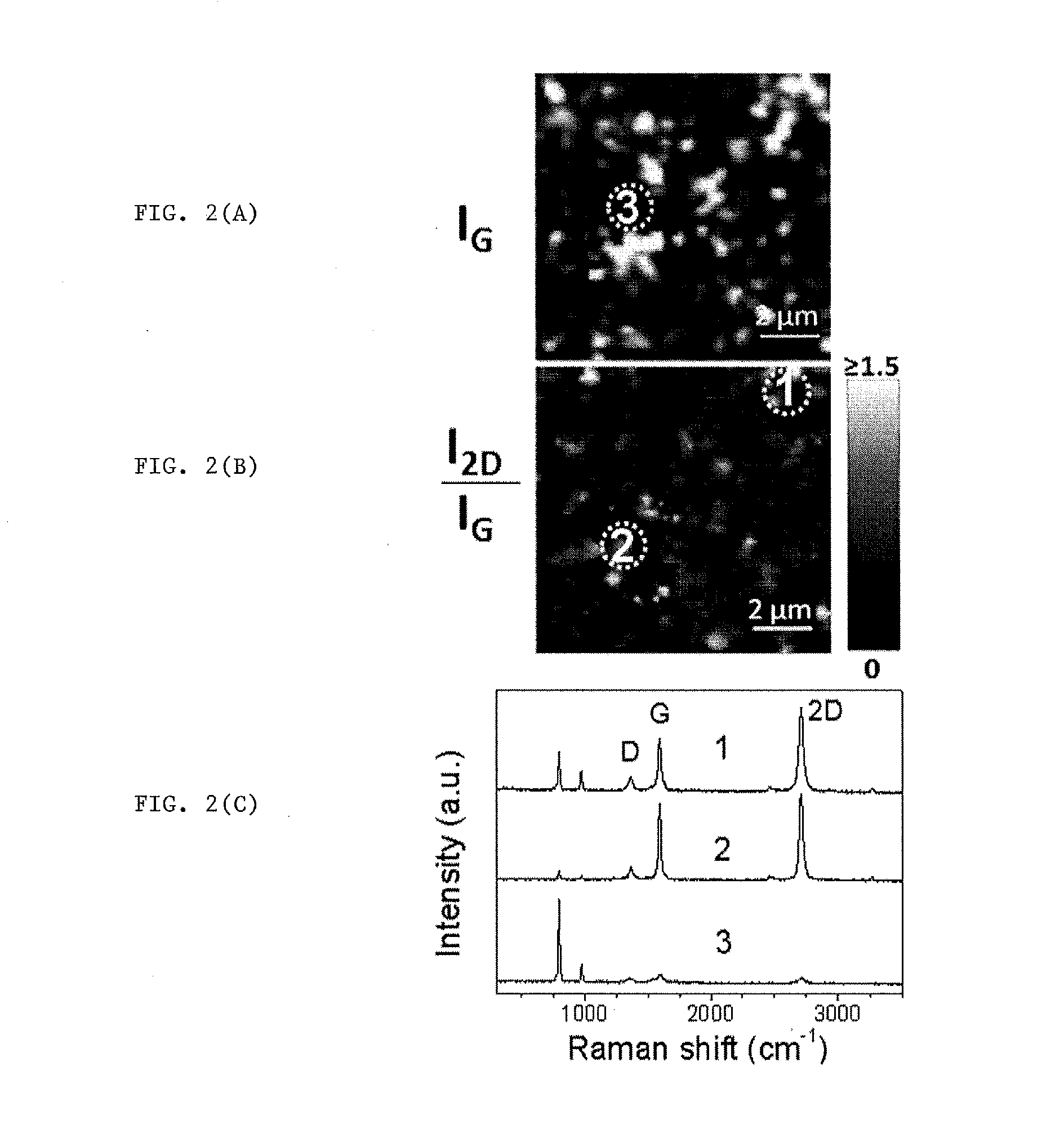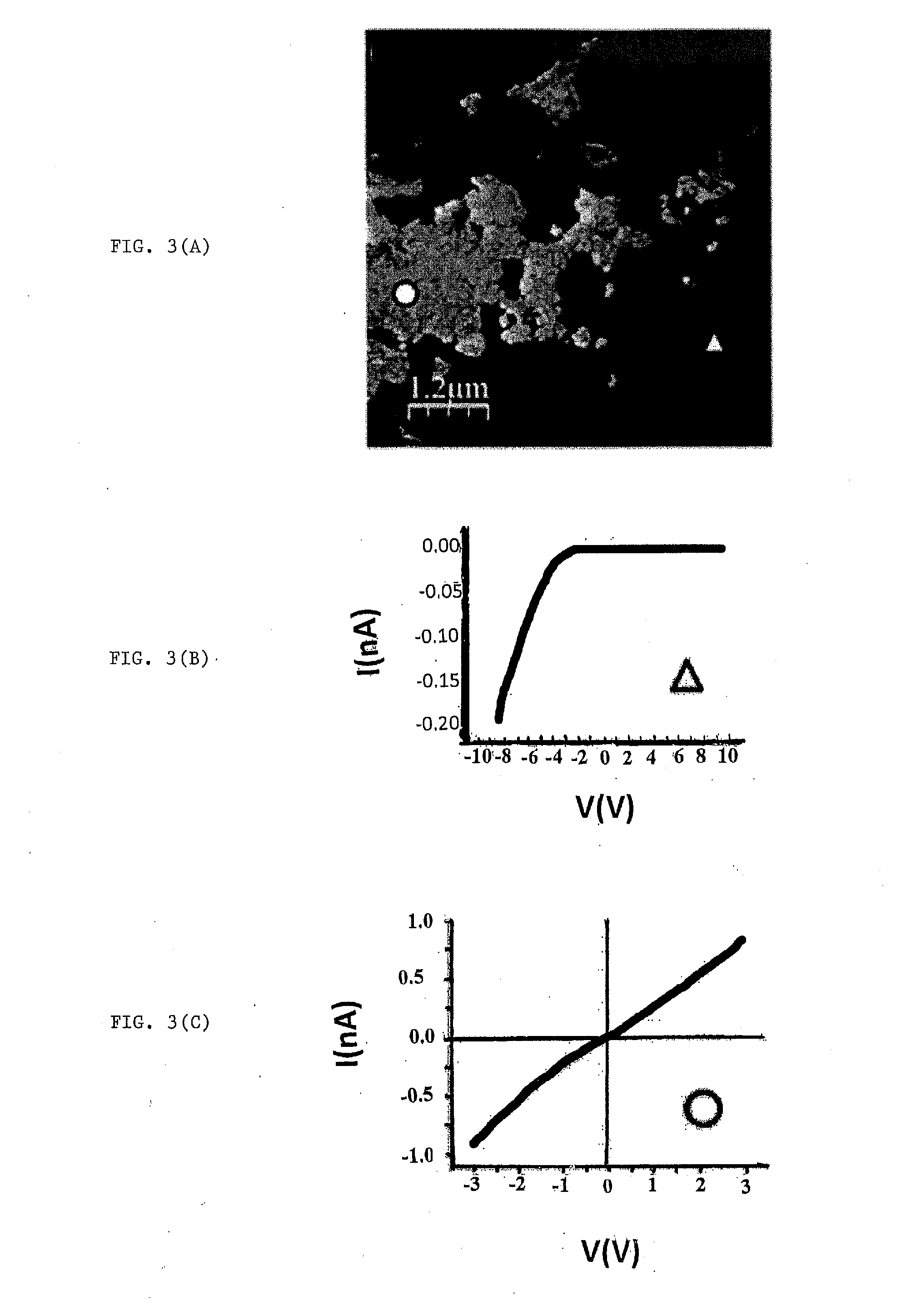Process For Production Of Graphene/Silicon Carbide Ceramic Composites
a technology of silicon carbide and ceramic composites, which is applied in the direction of carbon-silicon compound conductors, non-conductive materials with dispersed conductive materials, etc., can solve the problems of poor mechanical and conducting properties of rgo, the formation of graphene agglomerates and defects in composites, and the decrease of many beneficial properties of materials. , to achieve the effect of enhancing interfacial strength,
- Summary
- Abstract
- Description
- Claims
- Application Information
AI Technical Summary
Benefits of technology
Problems solved by technology
Method used
Image
Examples
example 1
Graphene / SiC Composite Obtained from α-SiC Powders Sintered by SPS at 1800° C.
[0036]α-Silicon carbide powders (S-2022, CERAC, polytype 6H) with a mean particle size of 0.78 μm are used as starting material. Aluminium oxide (SM8, Baikowski Chimie, France) and yttrium oxide (Grade C, H. C. Starck GmbH & Co., Germany) with a mean particle size of 0.3 μm and 0.9 μm, respectively, and purities equal to or higher than 95%, are employed as sintering additives. 3680 mg of silicon carbide, 80 mg of aluminium oxide (2 wt %) and 200 mg of yttrium oxide (5 wt %) are attrition milled for 2 h in 150 ml of ethanol containing 70 g of silicon nitride balls to avoid contamination. The ethanol of dispersed slurry is removed using a rotary-evaporator at 90° C. for 2 h, and the ceramic paste is dried in an oven at 120° C. for 6 h. The dried paste is sieved through a 63 μm mesh.
[0037]A 20 mm graphite die is filled with 3 g of the ceramic powder mixture and placed in the spark plasma sintering equipment (...
example 2
Graphene / SiC Composite Obtained from β-SiC Powders Sintered by SPS at 1800° C.
[0044]β-Silicon carbide powders (BF-17A, HC-Starck, polytype 3C) with a mean particle size of 1.21 μm are used as starting material. Aluminium oxide (SM8, Baikowski Chimie, France) and yttrium oxide (Grade C, H. C. Starck GmbH & Co., Germany) with a mean particle size of 0.3 μm and 0.9 μm, respectively, and purities equal to or higher than 95%, respectively, are employed as sintering additives. 3680 mg of silicon carbide, 80 mg of aluminium oxide (2 wt %) and 200 mg of yttrium oxide (5 wt %) are attrition milled for 2 h in 150 ml of ethanol containing 70 g of silicon nitride balls to avoid contamination. The ethanol of dispersed slurry is removed using a rotary-evaporator at 90° C. for 2 h, and the ceramic paste is dried in an oven at 120° C. for 6 h. The dried paste is sieved through a 63 μm mesh.
[0045]A 20 mm graphite die is filled with 3 g of the ceramic powder mixture and placed in the spark plasma sin...
example 3
Graphene / SiC Composite Obtained from nano-β-SiC Powders Sintered by SPS at 1850° C.
[0051]Nano-β-Silicon carbide powders (NanoArmor™, NanoArmor, polytype 3C) with a mean particle size of 45-55 nm are used as starting material. Aluminium oxide (SM8, Baikowski Chimie, France) and yttrium oxide (Grade C, H. C. Starck GmbH & Co., Germany) with a mean particle size of 0.3 μm and 0.9 μm, respectively, and purities equal to or higher than 95%, respectively, are employed as sintering additives. 3680 mg of silicon carbide, 80 mg of aluminium oxide (2 wt %) and 200 mg of yttrium oxide (5 wt %) are attrition milled for 2 h in 150 ml of ethanol containing 70 g of silicon nitride balls to avoid contamination. The ethanol of dispersed slurry is removed using a rotary-evaporator at 90° C. for 2 h, and the ceramic paste is dried in an oven at 120° C. for 6 h. The dried paste is sieved through a 63 μm mesh.
[0052]A 20 mm graphite die is filled with 3 g of the ceramic powder mixture and placed in the s...
PUM
| Property | Measurement | Unit |
|---|---|---|
| particle size | aaaaa | aaaaa |
| particle size | aaaaa | aaaaa |
| pressure | aaaaa | aaaaa |
Abstract
Description
Claims
Application Information
 Login to View More
Login to View More - R&D
- Intellectual Property
- Life Sciences
- Materials
- Tech Scout
- Unparalleled Data Quality
- Higher Quality Content
- 60% Fewer Hallucinations
Browse by: Latest US Patents, China's latest patents, Technical Efficacy Thesaurus, Application Domain, Technology Topic, Popular Technical Reports.
© 2025 PatSnap. All rights reserved.Legal|Privacy policy|Modern Slavery Act Transparency Statement|Sitemap|About US| Contact US: help@patsnap.com



